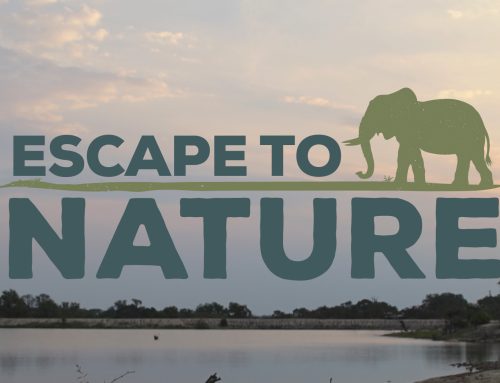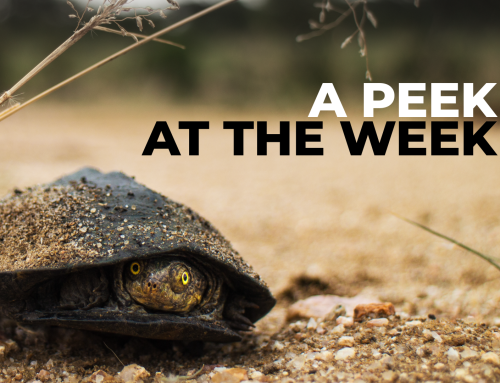
While others are working hard in the Kalahari heat to get the meerkat broadcast up and running, I will be leaving (on a jet plane) to a much cooler US of A this weekend. Why, you ask?
Well, there’s another project WE’ve been working on for quite some time now… LIVE broadcasts from inside wolf dens! And the USA, in this case the state of New York, is where those wolves are!
We will be working together with the Wolf Conservation Center, located a couple of hours drive north of the Big Apple, to install cameras in no less than 4 wolf dens. And, while nothing in nature is ever guaranteed, we hope and expect that at least one of these (hopefully more than one) will allow you and others around the globe to first follow the build-up to and then to witness the birth of a litter of wolf pups. And of course to keep following their progress. To make this possible we’ll also be installing cameras outside the dens that can be remotely controlled to follow them around as they bravely venture out to explore their surroundings. (And yes, we will be looking for zoomies for this! More on that in a future blog.)
The people at the WCC are already working on the preparations so that next week we can complete and test the full installation. If all goes as planned we should be ready to go LIVE towards the end of next week. With pups expected to be born sometime in May this should give us all enough time follow the pregnancies and become arm-chair wolf experts well before the pups are born.
I’m very excited about seeing wolves and eager to learn more about these iconic animals. Wolves, probably more than any other species, have long been an important part of (Native) American history and culture (from well before the day Leif Erikson and his band of Norsemen landed on what is now Newfoundland) but have in the last couple of centuries unfortunately been hunted (some would say persecuted) to the point of extinction.
The Wolf Conservation Center breeds red wolves as well as Mexican gray wolves, both of which were declared extinct in the wild in the 1980s. It is only through the careful breeding and re-introduction from small captive populations at centers like the WCC that wolf numbers are slowly growing again, and that current and future generations have regained the chance of seeing these wonderful creatures in the wild.
WE hope that by working with the WCC, through these LIVE broadcasts, we can do our bit towards creating more awareness about wolves and their plight. And that, by countering the many misconceptions that still exist, we can help make people see and appreciate the wolves’ true nature.
More information will follow over the next days and we’ll keep everyone updated on how things go once I’m out there. Until then please like the Wolf Conservation Center’s Facebook page and check out their website which has tons of information on wolves and the Center’s activities.
Peter





So exciting about the wolf cams!! My daughter is going to be watching non-stop as wolves are very, very special to her. We have a wolf conservation center just minutes from us. Such amazing animals.
Well Pete glad to hear your coming to The United States of America, welcome! Looking forward to enjoying the new cam! I truly admire your work.
Well Pete glad to hear your coming to The United States of America, welcome! Looking forward to enjoying the new cam! I truly admire your work.